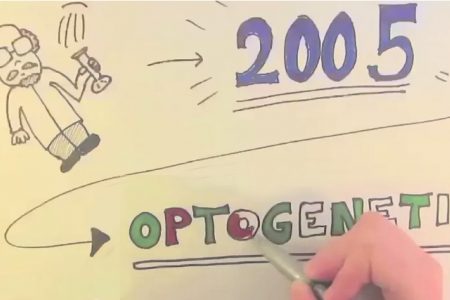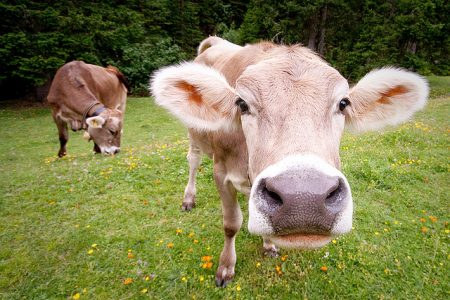Disgusted by Cheese
Sandwiches at business lunches, cozy fondue evenings, vegetarian meals – cheese is everywhere. Scientific research now shows that a substantial proportion of the population are disgusted by this type of food, and that this disgust is reflected in the brain
Favorite sandwich topping
According to a survey, cheese is the favorite sandwich topping of no less than 78% of the Dutch population. So life in this country isn’t always easy if you’re disgusted by cheese, as I am. You can really feel socially isolated when confronted with ‘cozy’ cheese fondue evenings, a plate of cheese for dessert, or the ubiquitous cheese sandwiches at business meetings or work lunches. I often wonder why I am ‘blessed’ with this atypical taste and what could cause it.
Difficult to study
Disgust is one of the six basic emotions and expresses itself in an odd facial expression, distancing oneself from the offensive object, and feelings of revulsion and nausea. Two brain areas have been implicated in the processing of disgust: the insula and the basal ganglia. Both these areas are part of the ‘limbic system’ and involved in the processing of emotions and motivation. It turns out to be pretty difficult to study disgust for food: there is tremendous variation between individuals in what they find disgusting, and it is generally considered unethical to provoke feelings of revulsion in study participants.
Neural basis of disgust for cheese
Remarkably, a group of researchers from France – a country also famous of its’ high cheese consumption – recently investigated the neural basis of disgust for cheese in the journal Frontiers in Human Neuroscience. First, the French researchers conducted a survey among 332 participants to explore the percentage of individuals that are actually disgusted by cheese as opposed to other categories of food such as vegetables, fruit, or fish. The second goal of the study was to compare brain responses of people with a strong aversion to cheese (‘anti’) with people who enjoy eating cheese (‘pro’). The researchers not only presented the participants with pictures of cheese, but also exposed them to odors of cheese while they were in an MRI scanner (poor things!).
Basal ganglia
Results showed that a surprisingly large number of participants (38 out of 332, i.e. 12%) had a specific disgust for cheese compared to the other food categories. Of these 38, almost half reported having up to 6 family members who also disliked cheese. Subsequently, the researchers compared the brain responses of the ‘anti’ and the ‘pro’ cheese groups when these participants were exposed to pictures and odors of cheese. It was found that – among other brain areas – the basal ganglia (areas involved in motivation) responded more strongly in the ‘anti’ group than in the ‘pro’ group. Apparently, these brain areas process the hedonic and motivational components of food reward, both positive AND negative.
Embrace the disgust
Now that we know there is a neural basis for disgust for cheese, is there anything that can be done about this? It already became clear that 50% of the individual differences in sensitivity to disgust are caused by genetic differences. This means the other half of individual differences in disgust sensitivity are related to environmental factors and might be trainable. On the other hand, why train yourself to eat milk that has gone bad? I think I’ll just embrace my disgust for cheese as an adaptive evolutionary mechanism not to get sick.





